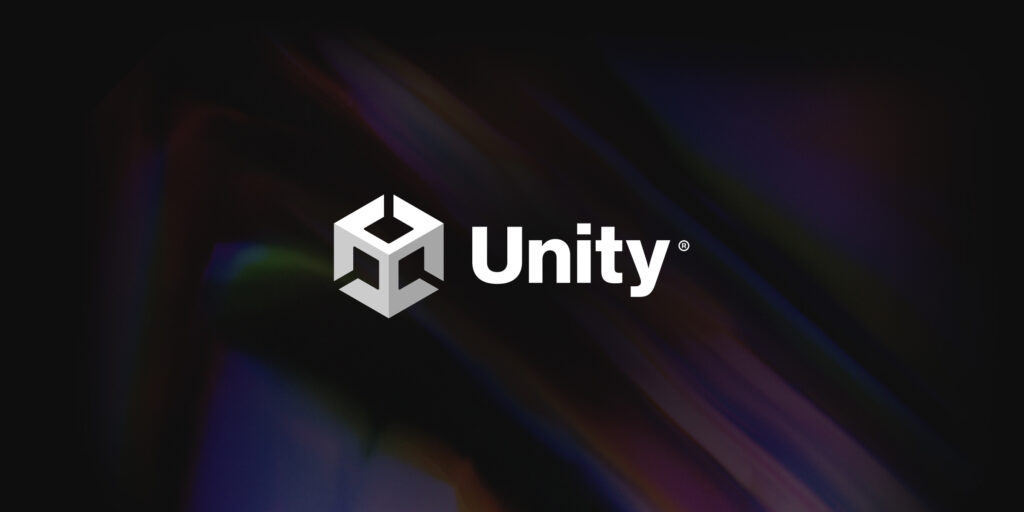
Unity is a multifaceted concept, referring both to the principle of visual and functional coherence in design and, increasingly, to the application of the Unity real-time 3D platform. As a design principle, unity in Architecture, Engineering, and Construction (AEC) ensures that all parts of a structure—from building materials and forms to functional spaces—work together harmoniously to form a complete, aesthetically pleasing, and structurally sound whole. This involves a careful arrangement of elements like texture, color, and proportion to achieve semantic, functional, and visual integrity.
In the modern digital AEC and Operations context, the term “Unity” often refers to Unity Industry, a suite of products leveraging real-time 3D technology. This platform connects siloed Building Information Modeling (BIM) data, stakeholders, and every phase of the project lifecycle in an immersive, collaborative environment. By utilizing Unity, AEC professionals can create Digital Twins, build Augmented Reality (AR) and Virtual Reality (VR) applications, and optimize complex 3D data workflows. This technological unity facilitates better decision-making, reduces the risk of costly rework by allowing early clash detection and design review, and ultimately improves operational efficiency and sustainability across a building’s entire lifespan.
From vision to reality with Unity
Unity’s real-time 3D technology enables you to:
- Connect BIM data, stakeholders, and every phase of the AECO lifecycle in one immersive, collaborative platform
- Unlock siloed data for better decision-making
- Build and deploy AR and VR applications to address problems across the project lifecycle
Top use cases
Operational twin
Connect disparate data systems, such as asset management systems and real-time and historical IoT data, to reduce maintenance costs, make more informed decisions, and drive operational efficiency.
Smart engineering
Streamline facility design processes using real-time 3D assets integrated with smart process and instrumentation diagrams (P&IDs). Empower end users to configure accurate facility layouts in real-time.
Predictive maintenance
Enhance worker safety and reduce unplanned shutdown by integrating historical, real-time, and forecast data. Predict failures, fixes, and changes for all of your assets.
Training
Use VR to make learning more engaging and effective. Run what-if scenarios to educate front-line workers on how to perform tasks and mitigate safety incidents.
Connected workers and collaboration
Leverage the same assets that power your digital twin to connect remote workers for better collaboration and to ensure timely, relevant information is served to impacted end users.
Environmental and operational performance
Measure actual output (water, waste, carbon emissions, and more) and asset performance to understand tracking against Environmental, Social, and Governance (ESG) targets and inform necessary operational changes.